Yoga is designed for everyone, irrespective of their physical attributes. When you think of someone practicing yoga, you imagine a yogi who contorts his bodies in ways that looks painful and unachievable by someone who lacks physical flexibility. A non-yogi can easily do yoga also. There are loads of yoga asana and yoga postures for non-yogis to practice.
Yoga for the non-yogis can be difficult and intimidating. The non-yogi needs to realize and see that doing yoga has more than just one benefit. Yoga caters to the health of both the mind and body. For a non-yogi can easily understand the poses and yoga asana if the person starts practicing it regularly. With more and more practice, you will see that your body is slowly adapting postures that you had imagined only a yogi can do. Yoga for non-yogis can have different reasons ranging from the desire to lose a few pounds, to feeling the therapeutic healing of practicing yoga or to just come in terms with your body and mind by growing self-awareness. Whatever might be a reason, yoga for non-yogis can only be beneficial in the long run.
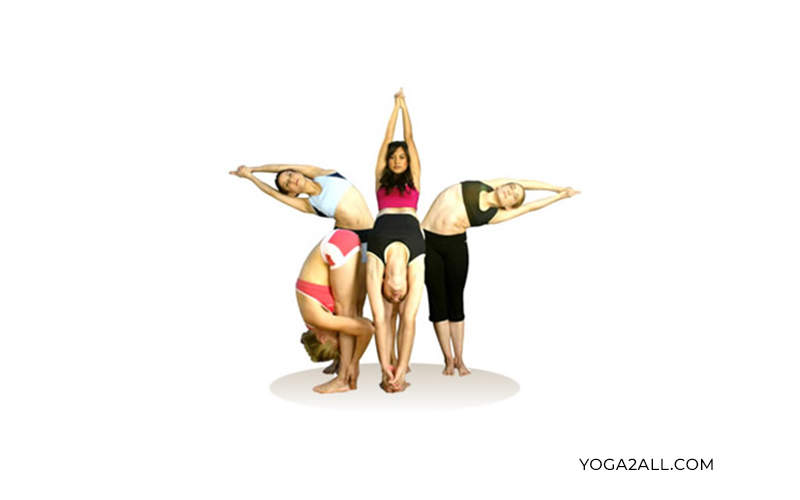
There is a lot of yoga options for the non-yogis, which has different postures and asana for non-yogis. Yoga for non-yogis consists of breathing exercises and asana that can be done by anyone. Non-yogis, irrespective of their physical attributes or disabilities, can easily follow a regime of yoga asana. It consists of mild exercise workout, yoga postures, and yoga asana. Yoga should be practiced by the non-yogis, as it will increase their physical and mental abilities.
You can try out the asana for non-yogis that are below before you decide to go and join a yoga session.
Yoga asanas for non-yogis:
- Mountain Pose or Tadasana
This yoga pose is also known as the foundation pose. This is a perfect yoga pose for non-yogis. To do this pose, you need to stand up straight and let your feet align in a position that is comfortable for you. You can either touch them or keep them at hip-distance apart from one another. Put pressure on your feet so that your feet can feel the surface below for your body to rest on it. Align your upper body with your shoulder and your lower body with your ankle, creating a straight line. Relax your arms by your side and breathe.
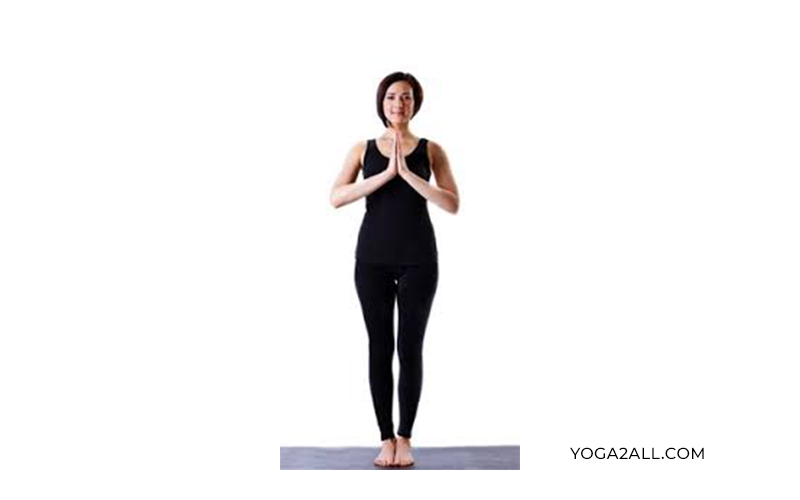
- Tree pose or Vrikshasana
Practicing the Vrikshasana is an extremely beneficial yoga pose for non-yogis. To start this pose, bring up one of your feet closer to your other thigh. It requires balance to do so, but remain calm and do it slowly. Once you feel you have the right balance, put pressure on your feet that is straight, increasing the surface area for your body to balance on. Slowly, put pressure on your raised feet on your thigh, equal to that of your feet down below. Keep your upper body straight and breath. Bring your palms together to hold the position. If you feel comfortable enough, you can stretch your hands high and put your palms together over your head. Repeat the same with the other leg and do not stress your body.
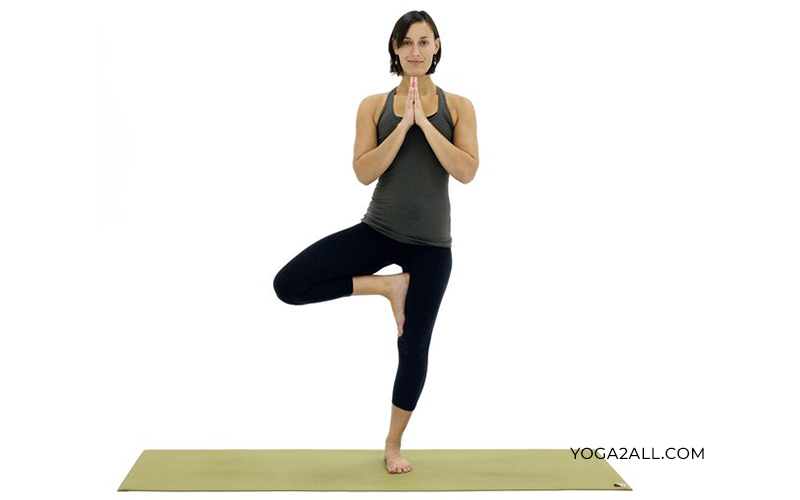
- Low lunge or Ashwa Sanchalanasana
This is a great yoga posture for non-flexible, as it strengthens and conditions your lower body muscles. To do this posture, start with the mountain pose and stretch your right leg back so that the other leg rests at a 90-degree angle. Make sure your left foot has enough surface area to balance so that you extend your right leg completely. Keep your hands on your left knee and push your right knee to the ground. You must push with your pelvis and you will feel a strong pull. Arch your back as much as you can. Hold this pose and repeat with the other leg.
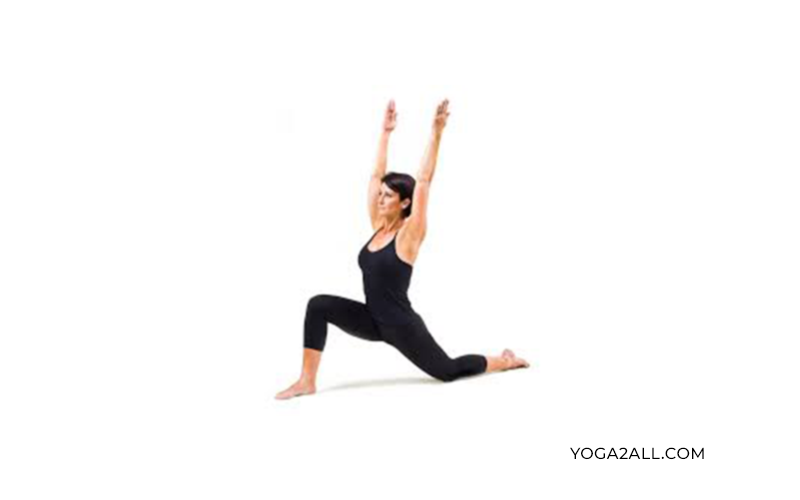
- Triangle pose or Trikonasana
It is a must yoga pose for non-yogis who feel confident about pushing further with the yogic poses. Start by spreading your feet and stretching one foot out, while keeping the other one closer to your torso. Make sure you keep your alignment and body balance without stressing. You will feel a pull on your legs and torso. Breathe in and rest your arms that are above your feet that are out. Exhale and raise your other hand while keeping your torso straight while aligning your body forward. Don does not bend back or sideways. Stretch as much as your body allows and take deep breaths. Repeat with your other leg.
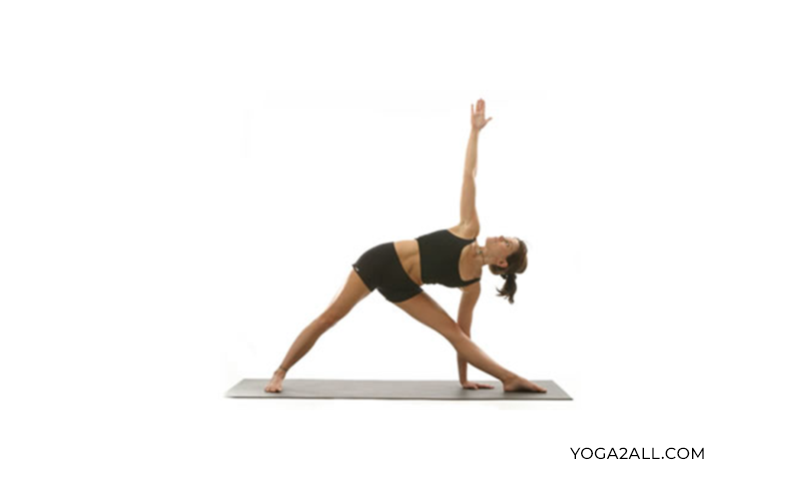
- Butterfly pose or Badhakonasana
This is a very beneficial yoga posture for non-flexible people. To start this asana, sit down, with your legs spread outwards and keep your spine erect. Pull your legs towards your groin or pelvic area and hold them tight with your hands. Keep your thighs and legs downwards as much as possible. Now start flapping your legs up and down and put pressure with your elbow on your thighs and knees to feel the pull around your lower body. Take deep breaths while doing and repeat again after relaxing.
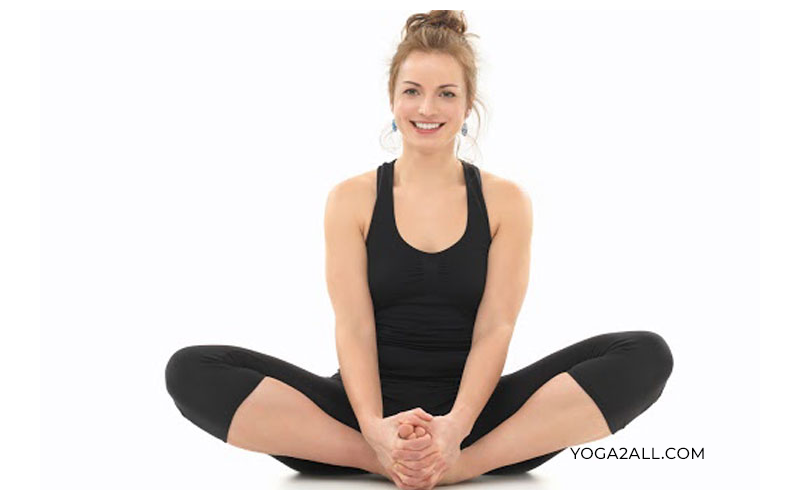
- Meditation pose or Sukhasana
This yoga position is made for the purpose of meditating and focuses on the health of your mind by syncing your body with your mind. The Sukhasana position lifts your mind from the physical stress of the body and helps you connect with your inner spiritual self. To start this posture, sit comfortably on the ground with both your legs crossed and tucked in. Keep your core and spine straight and place your hands on your knees. Feel the power of your mind, relax your body, and breath.
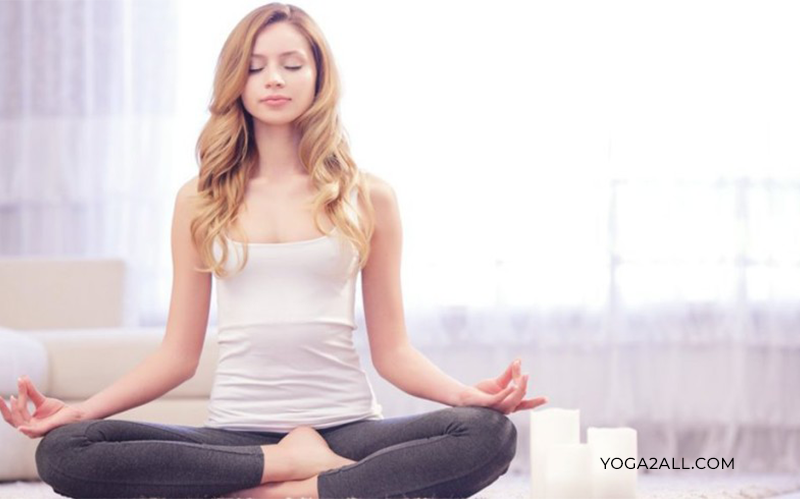
- Corpse pose or Savasana
The Corpse pose or Savasana is the mandatory pose with which every yoga session comes to an end. It is the final asana that is performed for the body and mind to relax while bringing in all the meditative goals one has. To start doing this relaxing yoga asana, start by lying down flat on the ground or mat. Keep your feet at hip-distance apart from each other. Relax your legs and your arms by your side. Keep your palms facing upwards and relax your shoulder by aligning them on the ground. Relax your mind and body and breath by syncing everything together. Do not let any thought enter your mind, concentrate on this meditative posture, and surrender to this posture for at least 5 minutes.
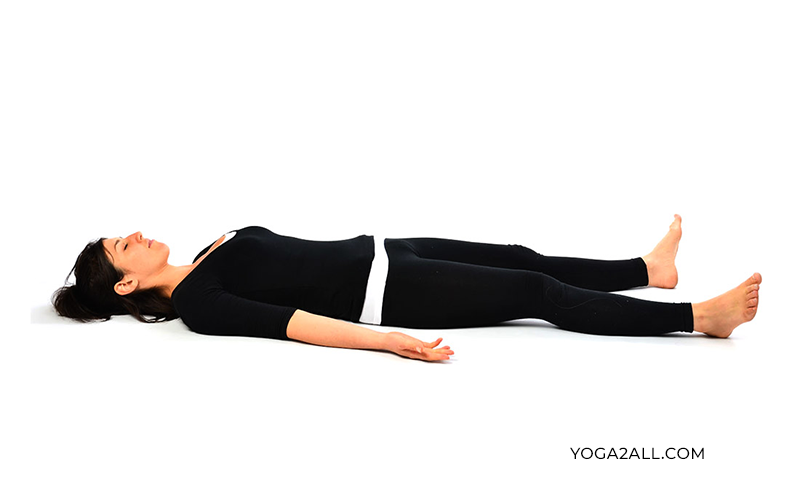
Taking the first step and starting out something that is alien to you and your body can be daunting. But take the leap and you will never go back. You will have thoughts of giving it up every second day of the first few days when you start doing yoga. It natural to feel so, but do not give up. Endure and carry on practicing. After a month or so of doing yoga, you will eventually fall in love with it and realize how it has affected your mind and body in the most positive way.


